Green grass serves as more than just a visual delight; it offers a multitude of benefits that enhance both the environment and human life. One of the most significant advantages of maintaining a lush green lawn is its ability to improve air quality. Grass acts as a natural air filter, absorbing carbon dioxide and releasing oxygen through the process of photosynthesis.
This not only contributes to a healthier atmosphere but also helps mitigate the effects of climate change by sequestering carbon. In urban areas, where pollution levels are often higher, green grass can play a crucial role in improving air quality, making it an essential component of city planning and landscaping. In addition to its environmental benefits, green grass provides practical advantages for homeowners and communities.
A well-maintained lawn can increase property values significantly, as prospective buyers often view a vibrant yard as a sign of care and attention to detail. Furthermore, green grass serves as a natural cooling agent, reducing surface temperatures in its vicinity. This cooling effect can lead to lower energy costs during hot summer months, as homes surrounded by grass require less air conditioning.
The presence of green grass also encourages outdoor activities, promoting a healthier lifestyle through exercise and social interaction.
Key Takeaways
- Green grass provides a natural and inviting outdoor space for relaxation and recreation.
- Regular watering, mowing, and fertilizing are essential for maintaining a lush green lawn.
- Green grass helps reduce air and noise pollution, and acts as a natural air conditioner.
- Grass plays a crucial role in providing habitat for insects, birds, and other wildlife.
- Different types of grass, such as Bermuda and Kentucky bluegrass, have unique characteristics and maintenance requirements.
How to Maintain a Lush Green Lawn
Proper Mowing Techniques
Regular mowing is a foundational aspect of lawn maintenance. Keeping the grass at an optimal height—typically around 2.5 to 3 inches—ensures that it remains healthy and robust. Mowing too short can stress the grass, making it more susceptible to pests and diseases. Additionally, using sharp mower blades is essential; dull blades can tear the grass rather than cut it cleanly, leading to an unhealthy appearance and increased vulnerability.
Effective Watering Strategies
Watering is another critical component in maintaining a vibrant lawn. Grass generally requires about one inch of water per week, either from rainfall or irrigation. It is more beneficial to water deeply and infrequently rather than shallowly and often, as this encourages deeper root growth. Early morning is the ideal time for watering, as it allows the grass to absorb moisture before the heat of the day causes evaporation.
Nourishing Your Lawn with Fertilizers
Applying fertilizers at appropriate intervals can provide essential nutrients that promote growth and resilience. Organic fertilizers are often recommended for their slow-release properties, which nourish the grass over time without the risk of burning it.
The Environmental Impact of Green Grass
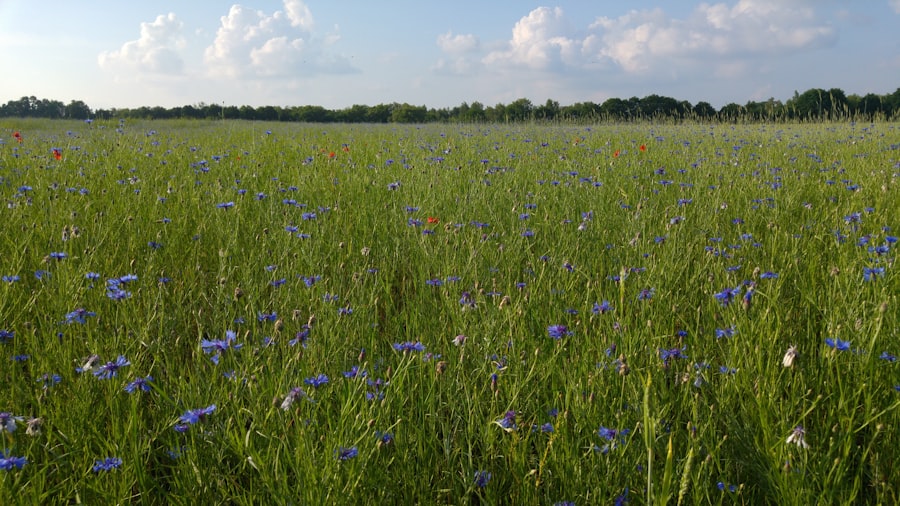
The environmental impact of green grass extends far beyond its aesthetic appeal; it plays a vital role in promoting biodiversity and supporting various ecosystems. Grasslands are home to numerous species of flora and fauna, contributing to ecological balance. By providing habitat for insects, birds, and small mammals, green grass areas help sustain local wildlife populations.
This biodiversity is crucial for maintaining healthy ecosystems, as it fosters resilience against diseases and environmental changes. Moreover, green grass contributes to soil health by preventing erosion and enhancing water retention. The root systems of grasses bind soil particles together, reducing runoff during heavy rains and allowing water to infiltrate the ground more effectively.
This not only helps recharge groundwater supplies but also minimizes the risk of flooding in surrounding areas. Additionally, healthy grasslands can filter pollutants from rainwater before they reach waterways, thus protecting aquatic ecosystems from harmful substances.
The Role of Green Grass in Ecosystems
| Metrics | Importance |
|---|---|
| Photosynthesis | Green grass plays a crucial role in photosynthesis, converting sunlight into energy for the ecosystem. |
| Soil erosion prevention | The roots of green grass help hold soil in place, preventing erosion and maintaining the stability of the ecosystem. |
| Habitat for wildlife | Green grass provides a habitat for various insects, small animals, and birds, contributing to the biodiversity of the ecosystem. |
| Oxygen production | Through photosynthesis, green grass contributes to the production of oxygen, essential for the survival of many organisms in the ecosystem. |
Green grass plays an integral role in various ecosystems, particularly in temperate regions where grasslands dominate the landscape. These ecosystems are characterized by their vast expanses of grasses interspersed with wildflowers and shrubs, creating a unique habitat that supports diverse wildlife. Grasses serve as primary producers in these ecosystems, converting sunlight into energy through photosynthesis and forming the base of the food chain.
Herbivores such as deer, rabbits, and various insects rely on grasses for sustenance, while carnivores depend on these herbivores for their survival. In addition to providing food, green grass contributes to nutrient cycling within ecosystems. As grasses grow and die back seasonally, they return organic matter to the soil, enriching it with nutrients that support other plant species.
This process fosters a dynamic environment where various plants can thrive alongside grasses, enhancing overall biodiversity. Furthermore, grasslands act as carbon sinks, sequestering carbon dioxide from the atmosphere and helping mitigate climate change impacts.
Different Types of Grass and Their Characteristics
The world of grasses is incredibly diverse, with numerous species adapted to various climates and soil types. Cool-season grasses, such as Kentucky bluegrass and fescue, thrive in northern climates where temperatures are moderate. These grasses are known for their lush appearance and ability to withstand cold winters.
They typically grow best in spring and fall when temperatures are cooler, making them ideal for regions with distinct seasonal changes. On the other hand, warm-season grasses like Bermuda grass and zoysia grass flourish in southern climates where temperatures are higher. These grasses are drought-resistant and can tolerate heat better than their cool-season counterparts.
They tend to grow vigorously during the summer months but may go dormant in cooler weather. Understanding the characteristics of different grass types is essential for homeowners looking to establish a lawn that thrives in their specific environment.
Green Grass as a Symbol of Health and Wellness
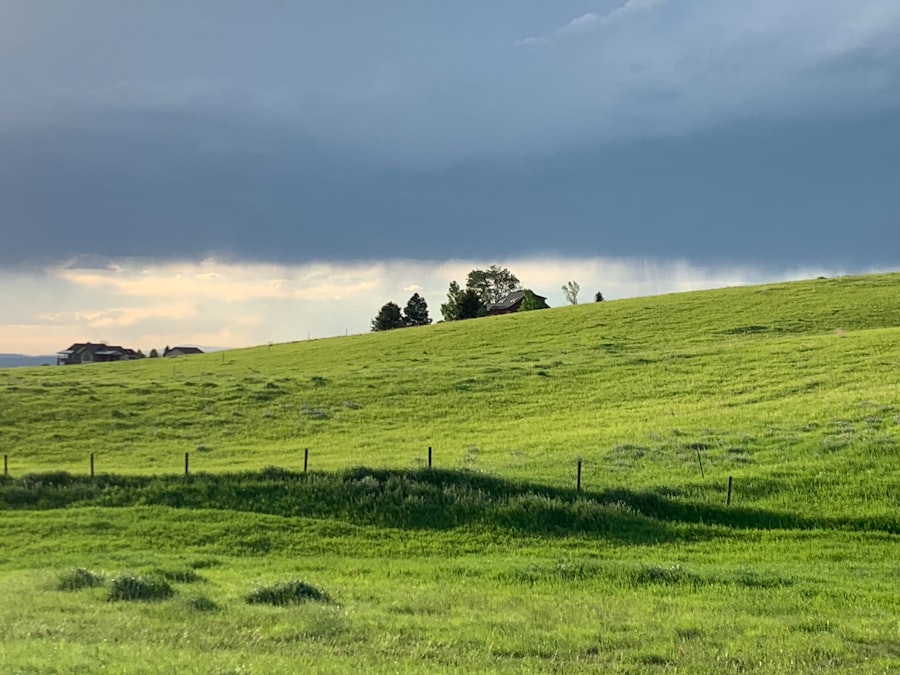
Green grass has long been associated with health and wellness across various cultures and societies. Its vibrant color is often linked to vitality and growth, making it a powerful symbol in art and literature. In many traditions, lush green landscapes are seen as representations of abundance and prosperity.
This connection between green grass and well-being extends beyond symbolism; studies have shown that spending time in green spaces can have tangible health benefits. Research indicates that exposure to green environments can reduce stress levels and promote relaxation. The calming effect of nature has been documented in numerous studies, highlighting how time spent on grassy lawns or parks can lead to lower cortisol levels—the hormone associated with stress.
Furthermore, engaging in outdoor activities on green grass encourages physical exercise, which is vital for maintaining overall health. Whether it’s playing sports, practicing yoga, or simply enjoying a picnic with family and friends, green grass provides an inviting space for physical activity that contributes to both mental and physical well-being.
The Aesthetic Appeal of Green Grass in Landscaping
The aesthetic appeal of green grass is undeniable; it serves as a canvas upon which landscapes are designed and enjoyed. A well-manicured lawn enhances the beauty of residential properties while providing a sense of order and tranquility. Landscape architects often incorporate green grass into their designs to create harmonious outdoor spaces that invite relaxation and social interaction.
The contrast between vibrant green lawns and colorful flower beds or shrubs adds depth and visual interest to any garden. Moreover, green grass can be utilized creatively in landscaping to define spaces and guide movement within outdoor areas. For instance, lawns can serve as transitional zones between different elements of a garden or yard, such as patios or flower beds.
By strategically placing pathways or seating areas on grassy expanses, homeowners can create inviting spaces that encourage gatherings or quiet reflection amidst nature’s beauty.
Green Grass and its Influence on Mental Wellbeing
The influence of green grass on mental well-being is profound and multifaceted. Numerous studies have demonstrated that spending time in natural environments—particularly those featuring lush greenery—can significantly enhance mood and cognitive function. The presence of green grass encourages individuals to engage with their surroundings actively, fostering a sense of connection with nature that is often lacking in urban settings.
Additionally, green spaces provide opportunities for mindfulness practices such as meditation or yoga, which have been shown to reduce anxiety and improve overall mental health. The act of walking barefoot on soft grass can evoke feelings of grounding and tranquility, allowing individuals to reconnect with their senses in a way that concrete environments cannot replicate.
In summary, green grass offers an array of benefits that extend beyond mere aesthetics; it plays a crucial role in environmental health, ecosystem stability, property value enhancement, and individual well-being. Understanding its significance allows us to appreciate not only its beauty but also its vital contributions to our lives and the planet we inhabit.
If you are interested in exploring the essence of intentionality and bracketing in philosophy, you may want to check out this article. It delves into the concepts put forth by Husserl and how they relate to our understanding of consciousness. Additionally, if you are curious about the role of perception and knowledge in Indian philosophy, you might find this article on the four pramanas insightful. And for a comprehensive guide on the intersection of math and artificial intelligence, this article provides a detailed overview of the subject.
FAQs
What are grass images?
Grass images are photographs or illustrations that depict various types of grass, including lawns, meadows, and other natural landscapes.
Where can I find grass images?
Grass images can be found on various websites and online image databases, as well as in stock photo libraries and photography collections.
What are the uses of grass images?
Grass images can be used for a variety of purposes, including website design, advertising, educational materials, and artistic projects.
Are there different types of grass images?
Yes, there are different types of grass images, including close-up shots of individual blades of grass, panoramic views of grassy landscapes, and aerial photographs of grassy areas.
Can I use grass images for commercial purposes?
It depends on the specific usage rights and licensing agreements associated with the grass images. Some images may be available for commercial use, while others may be restricted to non-commercial purposes.










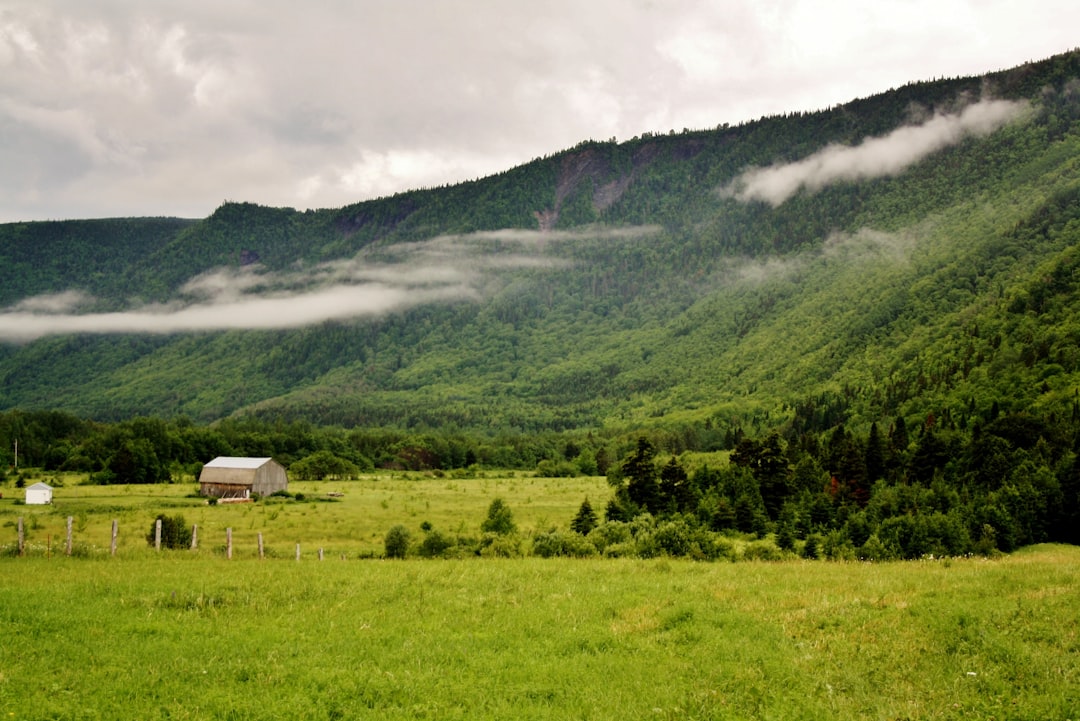
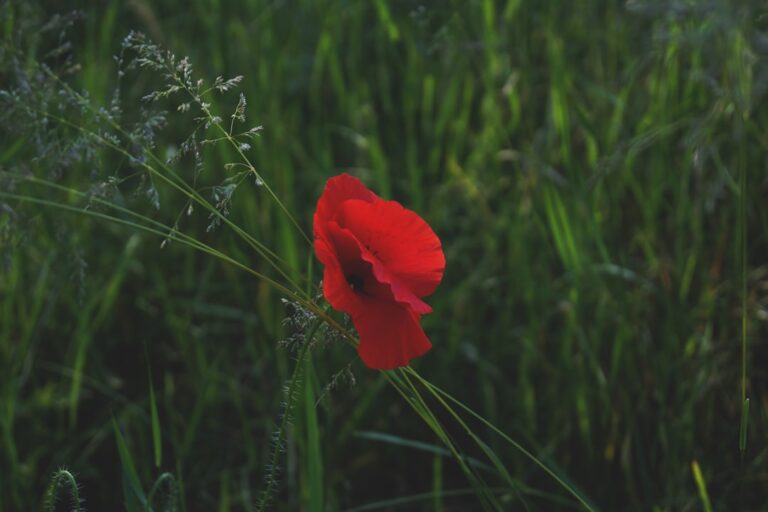

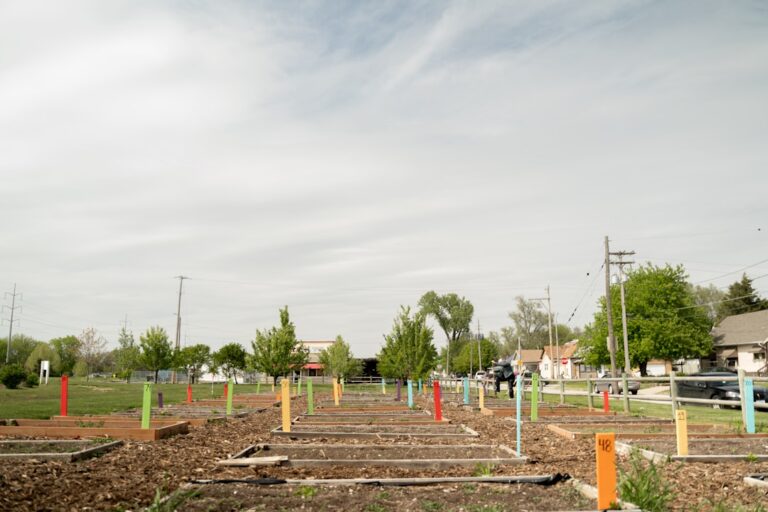




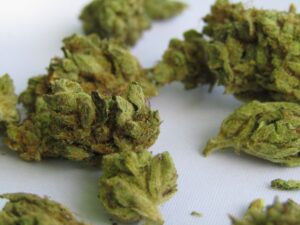





+ There are no comments
Add yours